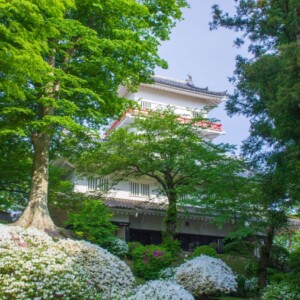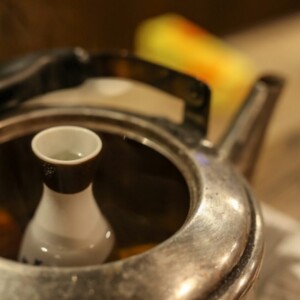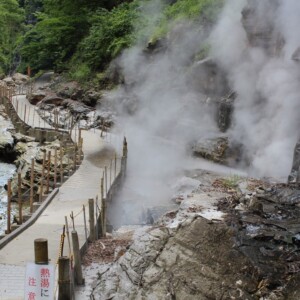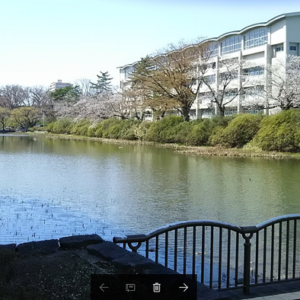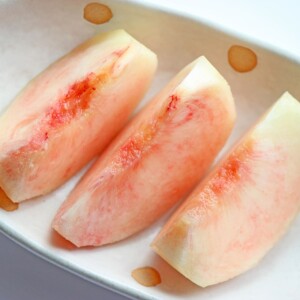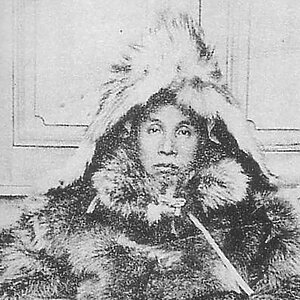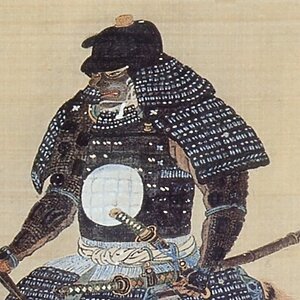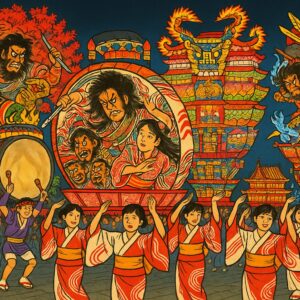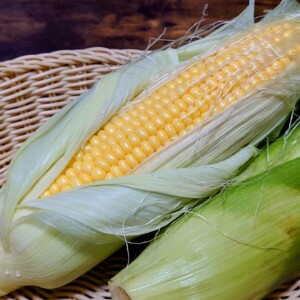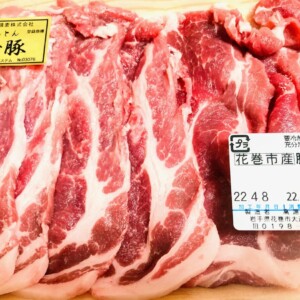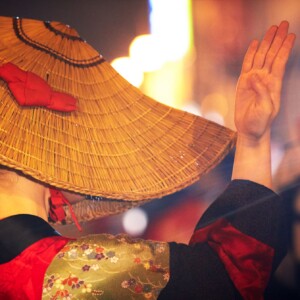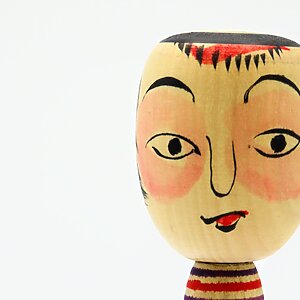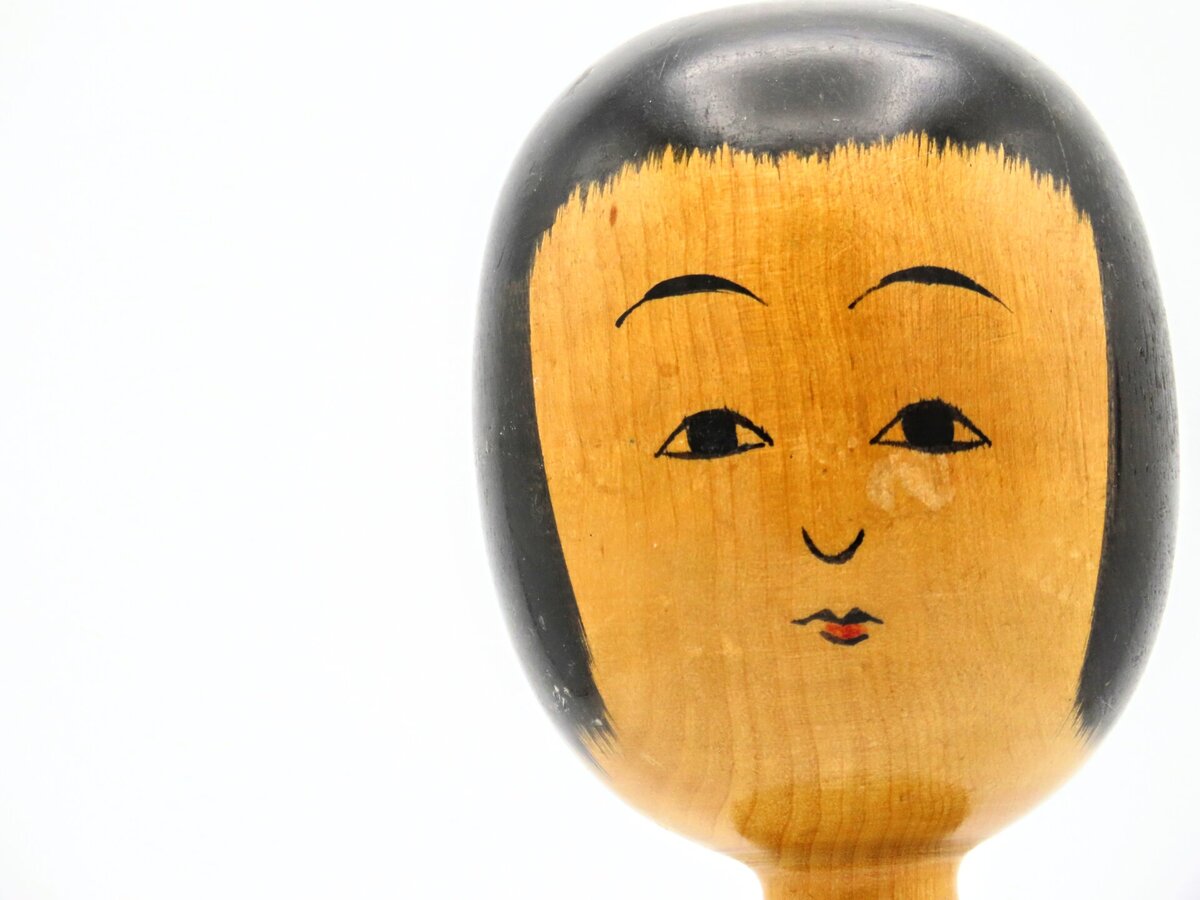
Kijiyama Kokeshi – Akita Traditional Kokeshi with a distinctive expression that gives you a sense of sorrow [Akita Prefecture]
table of contents
Kokeshi dolls are one of the traditional crafts representing the Tohoku region .
It is a craft that has spread over a fairly wide area, with at least one unique lineage existing in every prefecture in Tohoku.
we will take a closer look at the ``Kijiyama Kokeshi'', which was developed around the Kijiyama area of the former Minase Village (now Yuzawa City) and the Kawatsura area of Yuzawa City in Akita Prefecture
What is Kokeshi?
Kokeshi dolls are made by craftsmen called kijishi who lived mainly in mountain villages and 's wheel to make bowls and trays for a living. It is a wooden toy that was made to be sold as a souvenir to tourists in hot spring resorts.
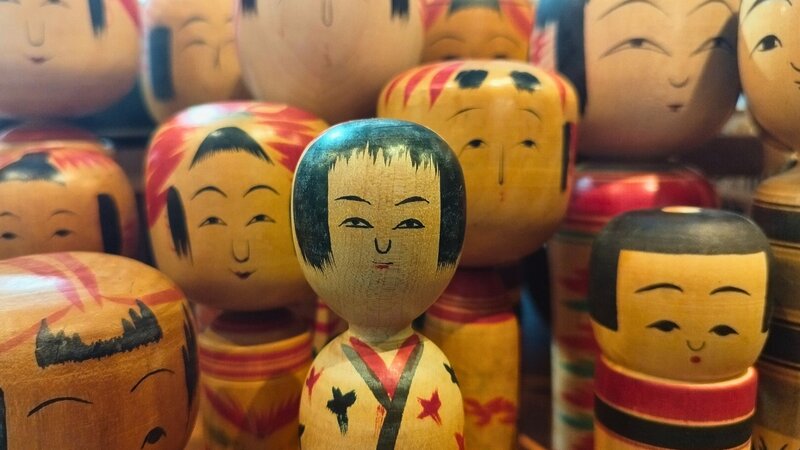
It is said to have originated around the end of the Edo period, and is generally divided into the following 12 strains based on production area and characteristics.
- Tsugaru type (around Hirosaki City and Kuroishi City, Aomori Prefecture)
- Southern type (around Hanamaki City, Iwate Prefecture)
- Kiji Mountain Range (around Yuzawa City, Akita Prefecture)
- Naruko type (around Naruko Onsen, Osaki City, Miyagi Prefecture)
- Sakunami system (around Sakunami Onsen, Sendai City, Miyagi Prefecture)
- Togatta system (around Togatta Onsen, Zao Town, Katta District, Miyagi Prefecture)
- Yajiro type (around Kamasaki Onsen, Shiroishi City, Miyagi Prefecture)
- Hijiori series (around Hijiori Onsen, Okura Village, Mogami District, Yamagata Prefecture)
- Yamagata series (around Yamagata City, Yamagata Prefecture)
- Zao Takayu system (around Zao Onsen, Yamagata City, Yamagata Prefecture)
- Tsuchiyu system (around Tsuchiyu Onsen, Fukushima City, Fukushima Prefecture)
- Nakanosawa series (around Nakanosawa Onsen, Inawashiro-cho, Yama-gun, Fukushima Prefecture)
Various names and their origins
Kokeshi dolls have many other names, including , Dekoroko , Kogesu , Kiboko , Kogehoko , Kinakinabokko , Odekosama
Where did the name "kokeshi" originally come from? There are various theories about this,
- Transformation of the pest control toy to prevent epidemics
- Changes in burnt (piece of wood) cheeks (doll)
- Koge (wood cutting) meaning of shi (child)
- The accent of a small doll called okeshi that was popular in the Edo period.
There are multiple theories such as. Each theory has a certain level of persuasive power, and the aliases mentioned above are thought to have evolved by adding local accents to the names based on their respective origins.
In this way, Kokeshi dolls were called by completely different names in various places, but in 1940 (Showa 15), Kokeshi craftsmen and enthusiasts attended the ``1st Local Gathering - Naruko Festival'' A number of people related to the festival got together and decided to unify the word ``kokeshi'' into three hiragana letters, and from then on it has been called ``kokeshi'' in all regions.
Kokeshi dolls from the Kijiyama system were created at the end of the Edo period when woodworkers from all over the world gathered here.
At the end of the Edo period, many woodworkers who sought high-quality wood moved to this area from Omi (Shiga Prefecture) and Shinano (Nagano Prefecture), via Aizu (Fukushima Prefecture) and Onikobe (Miyagi Prefecture).
After a while, these woodworkers began making ``Kokeshi dolls'' as souvenirs for the nearby Doroyu Onsen and Oyasukyo Onsen spas, and it is said that ``Kijiyama-kei Kijiyama Kokeshi dolls'' .
Naruko Hot Springs just beyond the mountain , so it is said that the early Kijiyama Kokeshi dolls were strongly influenced by the Naruko Kokeshi dolls.
As time passed and entering the Meiji period, logging of timber was restricted by national policy, and many woodworkers from the Kijiyama area moved down the mountain to the current Kawatsura area of Yuzawa City, famous for producing Kawatsura lacquerware. I did.
After that, wood craftsmen in the local Kawatsura area also started making kokeshi dolls, and the kokeshi dolls that started being made in the Kawatsura area came to be called ``Kawatsura Kokeshi''
Because of this, there are now two streams of : "Kijiyama Kokeshi" and "Kawatsura Kokeshi"
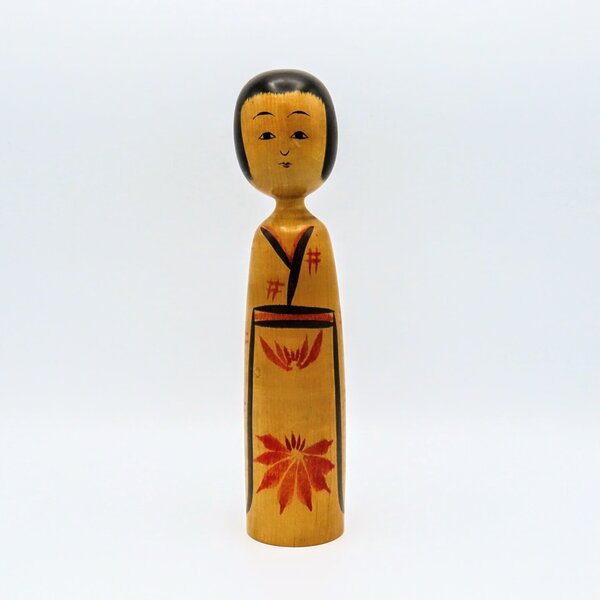
``tsutsuki'', in which the head and body are made from a single piece of wood , and they have a rakkyo-shaped head and a body with a wide hem.
One of its unique features is that the torso is depicted in a kimono, and the apron is decorated with plum blossoms, cross-legged patterns, and striped patterns.
The eyes are clearly drawn, with the upper and lower eyelids and black eyes, and the expressions often have a melancholy or indescribable expression.















![Togata Kokeshi - Traditional Kokeshi developed at Togata Onsen in Miyagi Zao [Miyagi Prefecture] Togata Kokeshi's expression](https://jp.neft.asia/wp-content/uploads/2024/09/IMG_1784-150x150.jpg)
![Yajiro Kokeshi - Traditional Kokeshi developed around Kamasaki Onsen, the home of the Shiraishi Katakura family [Miyagi Prefecture] Yajiro Kokeshi's expression](https://jp.neft.asia/wp-content/uploads/2024/09/IMG_1801-150x150.jpg)
![Naruko Kokeshi - Traditional Kokeshi developed at Naruko Onsen, the three famous hot springs in Oshu in Miyagi [Miyagi Prefecture] Naruko Kokeshi's expression](https://jp.neft.asia/wp-content/uploads/2024/10/IMG_1783-150x150.jpg)
![Nakanosawa Kokeshi - Traditional Kokeshi that has evolved after breaking from the reputation of being a "part of the Doyu" [Fukushima Prefecture] Nakanosawa Kokeshi's expression](https://jp.neft.asia/wp-content/uploads/2024/10/IMG_1785-150x150.jpg)
![Doyu Kokeshi - Traditional kokeshi originating from "Doyu Onsen", which is said to be the birthplace of the three major kokeshi at Tohoku [Fukushima Prefecture] The expression of the Doyu Kokeshi](https://jp.neft.asia/wp-content/uploads/2024/10/IMG_1799-150x150.jpg)
![Nanbu Kokeshi - A slightly unusual traditional kokeshi with a distinctive characteristic [Iwate Prefecture] The expression of the southern kokeshi](https://jp.neft.asia/wp-content/uploads/2024/11/IMG_1788-150x150.jpg)
![Zao Takayu Kokeshi - Traditional Kokeshi developed in Zao Onsen, following the trends of Doyu and Togarida [Yamagata Prefecture] Zao Takayu Kokeshi's expression](https://jp.neft.asia/wp-content/uploads/2024/11/IMG_1781-150x150.jpg)
![Hibiori Kokeshi - Traditional Kokeshi developed at Hibiori Onsen, following the Naruko and Togata styles [Yamagata Prefecture] The expression on the elbow robbing](https://jp.neft.asia/wp-content/uploads/2024/12/IMG_1804-150x150.jpg)
